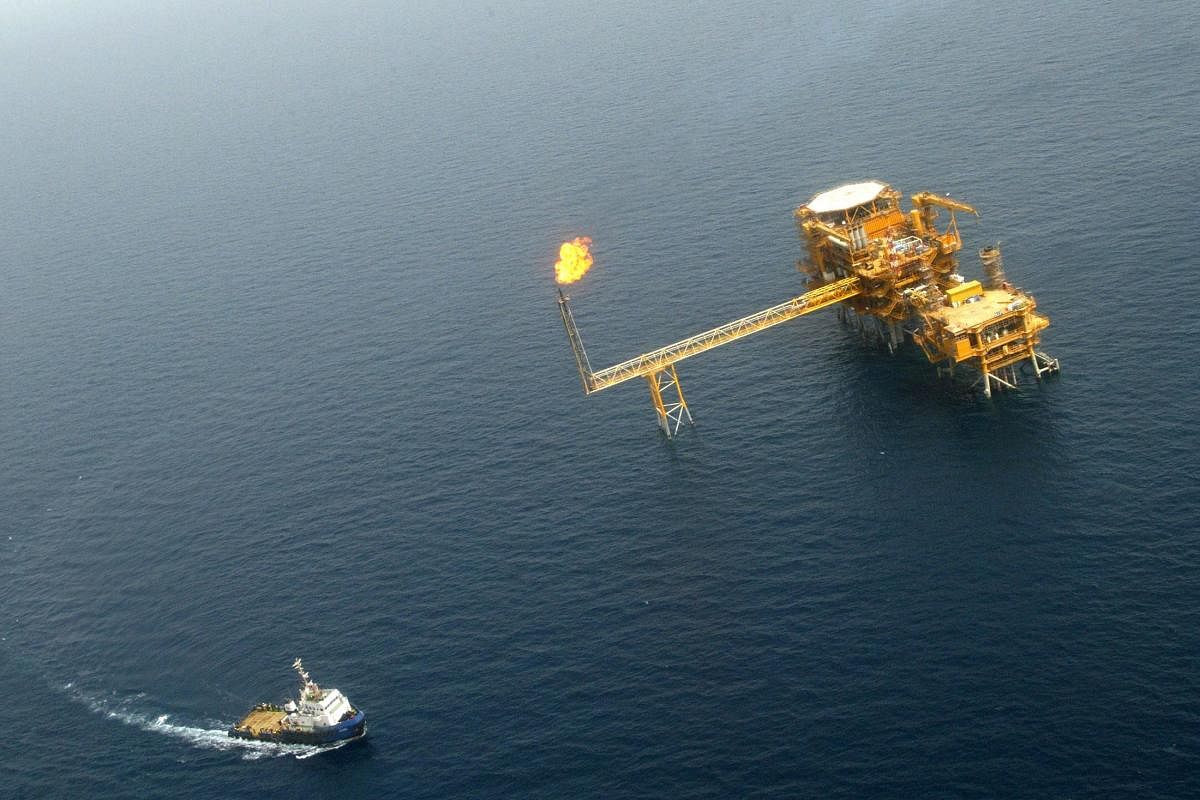The Trump administration had on November 4 unveiled the full extent of its new sanctions on Iran with targets including 50 banks and their subsidiaries, the national airline and 200 members of the shipping industry and vessels.
However, the sanctions fell short of the US’ aim of cutting off Iranian oil exports entirely. Eight countries, including Tehran’s biggest customers, were granted temporary waivers: China, India, Italy, Greece, Japan, South Korea, Taiwan and Turkey.
But in the face of this worst-ever sanctions, the spirit of defiance within the higher echelons of the Iranian government encapsulates the spirit of resistance among the country’s people today and the resilience of its society to look inward. It could create domestic market strong enough to sustain the 82 million citizenry with 75 million cell phones, a 100% literacy, school education being legally compulsory and provided free by the government.
The unemployment rate which was around 9% at the start of 2018, dropped to 11% today, after renewed stringent sanctions targeting to choke oil and natural gas sales of Iran. Also, a common Iranian’s concerns are usually two folds: how to find the medicines someone in the family needs for a severe heart condition and how to transfer his money in and out of Iran.
Tehran has excellent modern hospitals and public healthcare is free along with generic medicines, but that still leaves many severe ailments unattended. Further compounding the situation is a decision by Swift, the international banking payment system based in Belgium, to avoid Iranian products under US pressure. The good news is that the Bank of Kunlun of China has resumed banking ties and it would apply to merchants and Iranian expats and students based in China.
Tehran housing market has been gripped by stagflation, with home deals falling 53% as prices rise 97%, as per a Financial Tribune report. Annual inflation — if the figures put by The Guardian are credible — is about 37%.
As many as 3 million of Tehran’s workers now live miles away in satellite cities. In the Grand Bazaar, the carpet salesmen say their shops are empty as the collapse in the Iranian currency Rial hits their trade. But they remain pragmatic. The affected people are with their government against US-Saudi axis and expect a lot of support in various forms from the East, as they talk about India, China and Russia.
Most people I talked to see no evidence that the sanctions will trigger an uprising which appeared to be the thinking behind Donald Trump’s Game of Thrones-themed tweet announcing “Sanctions are Coming. November 5.”
The IMF projects the Iranian economy to shrink by 1.5% this year and by 3% next. But what it does not say is that the current GDP growth rate of Iran is a healthy 8%, even after the sanctions, and the World Economic Forum places Iran 63rd in economic terms.
With 10th position in minerals across the world producing 1.2% of automobiles and 1% of steel of the world apart from 1.8% of cement globally, Iran is well-placed on some measures.
The nation with 12 million graduates out of 82 million people, 4th largest engineers’ pool in the world, with 5 million currently studying students, cannot be wished away even in the context of human resources. Independent observers and Iranian social scientists do not see the nation imploding politically just because US-Saudi axis wishes so.
The US administration sees ordinary Iranians as an instrument for regime change but no signs of that on ground. Alongside, “ghost shipments” and barter with countries such as China, Russia and India will probably keep Iran going, and while Iranians will face real hardship, some are more likely to flee if at all than rise against a repressive regime.
The United Commercial Bank of India has started operations in Iran and so have many bilateral banks between Iran and Venezuela, and with Japan, also with China. Europe has attempted to counter the weaponisation of the dollar via a Special Purpose Vehicle, a clearing house allowing European firms to sidestep the Iran sanctions, but has yet to find a country willing to host it.
Nuclear programme
Iran had accepted in 2015 strict limits on its nuclear programme in return for an end to sanctions that had grown up over the preceding decade, and had unplugged two-thirds of its centrifuges, shipped out 98% of its enriched uranium and filled its plutonium production reactor with concrete. As a result, there is a sympathy towards Iran across Asia (except the Saudis, the UAE and Israel) and also in some European nations.
The UN’s International Court of Justice has already reprimanded the US over its reimposition of sanctions on Iran, ordering Washington to lift restrictive measures linked to humanitarian trade, food, medicine and civil aviation. The situation may be akin to a lull before the storm. However, it is unlikely that Iran will implode, as much as it is impossible for Iran to resist the full adverse impact of economic sanctions.
Tehran is expected to experience an intense phase of looking inwards and developing domestic economy, trading globally on barter, using extra institutional and innovative ways of trading in oil and natural gas with major friendly nations, and political and social reforms within the nation.
Renewed interest in Reformist Movement of former president Khataumi internally, and hyper-active negotiations with China, India, Russia, Turkey etc externally, are signs of the time. After all, you cannot just wish away a country that produces 38 lakh barrels of crude oil per day, second highest in the world, using less than half of it internally!
(The writer, Media Dean of Pearl Academy, Delhi and Mumbai, was in Iran recently)
